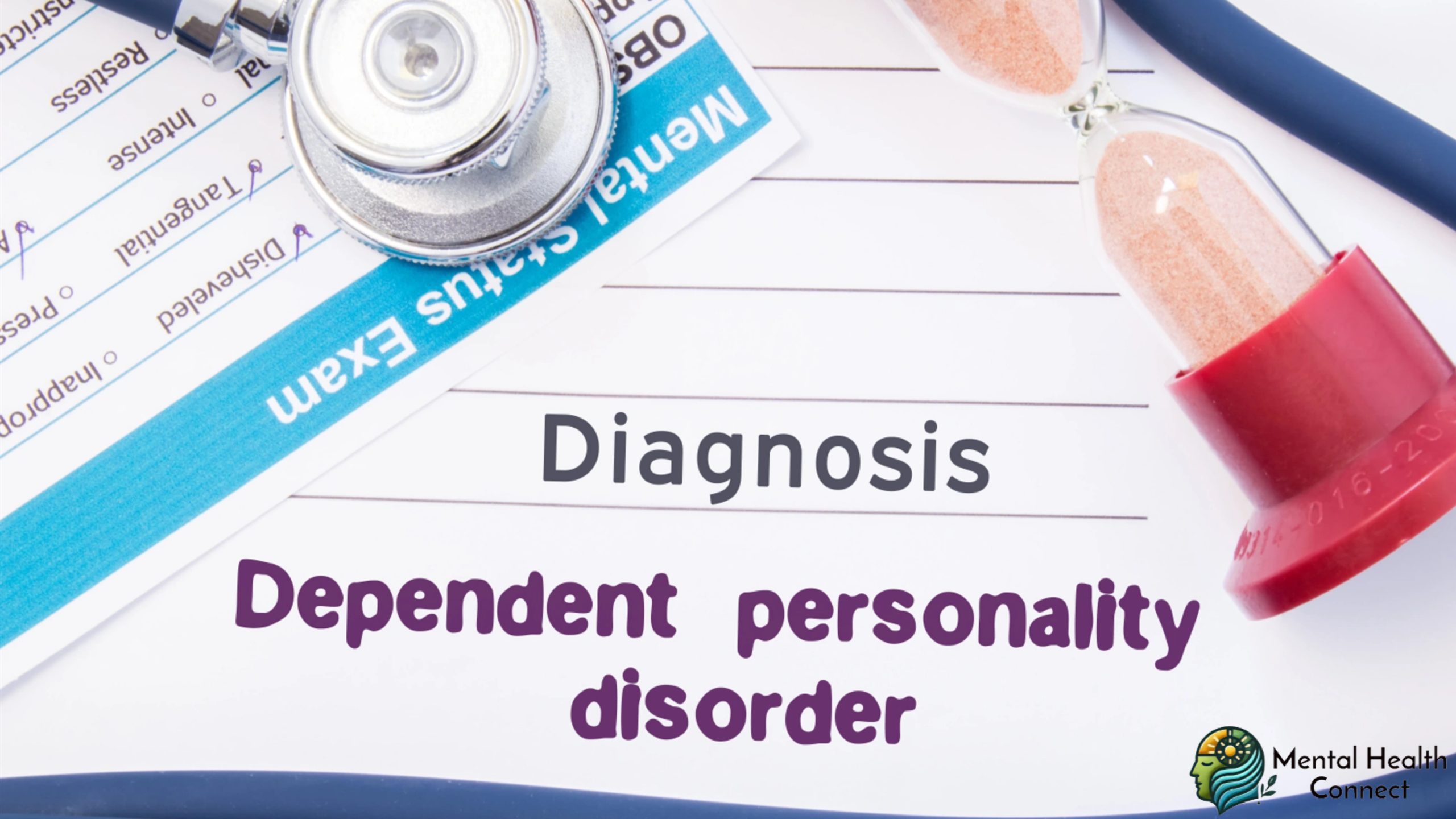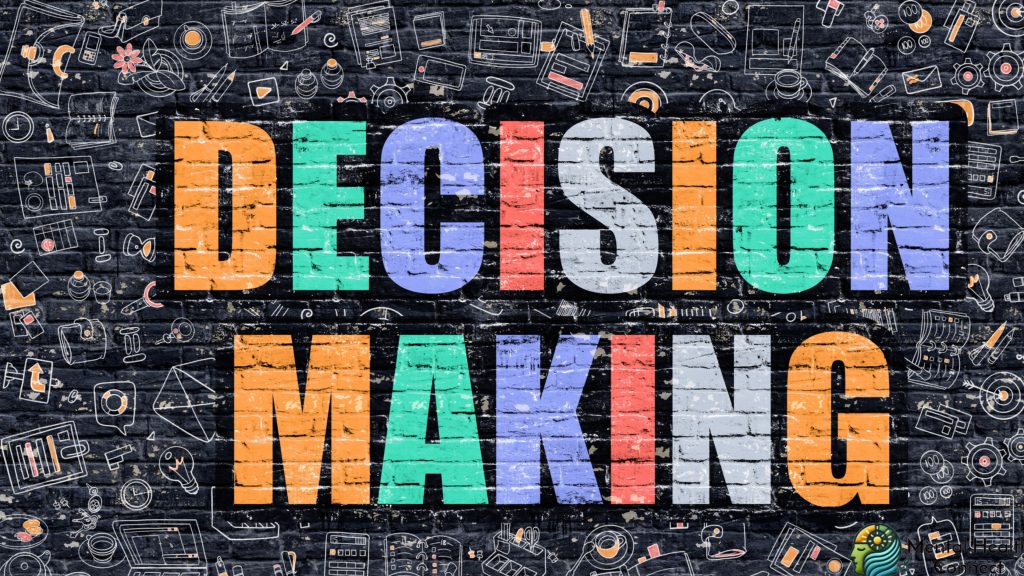Understanding Dependent Personality Disorder: Symptoms, Causes & Treatment

Have you ever found it incredibly difficult to make decisions without constant reassurance from others? Or perhaps you’ve known someone who seems to rely entirely on another person for emotional support and basic life choices. These patterns might be more than just personality quirks they could be signs of Dependent Personality Disorder (DPD). In this blog, we’ll explore what DPD is, why it matters, and how to effectively manage it. From symptoms and real-life examples to future treatment trends, this guide offers a comprehensive look into one of the lesser-known but impactful mental health conditions.
What is Dependent Personality Disorder?

Dependent Personality Disorder (DPD) is one of the ten personality disorders recognized in the Diagnostic and Statistical Manual of Mental Disorders (DSM-5). It’s defined by an excessive psychological dependence on others to meet emotional and physical needs.
Common Symptoms of DPD Include:
- Difficulty making everyday decisions without advice or reassurance
- An urgent need to be in a relationship, often jumping from one to another
- Inability to express disagreement due to fear of losing support
- Lack of self-confidence and chronic self-doubt
- Willingness to go to extreme lengths to obtain nurturance or support
- Feeling helpless or devastated when alone
Real-Life Example:
Take Sarah, a 29-year-old woman who cannot choose a career path without her parents’ input. She calls her mother multiple times a day for reassurance, and even in her romantic relationship, she avoids asserting her opinions to keep the peace. Sarah’s pattern of behavior is reflective of DPD and shows how deeply this disorder can impact daily life.
Why is Dependent Personality Disorder Important?

Recognizing and understanding DPD is essential for improving mental health outcomes and personal relationships.
1. Promotes Early Diagnosis and Intervention
The earlier DPD is diagnosed, the better the chances of learning coping mechanisms that reduce dependency and increase autonomy. Left untreated, DPD can lead to anxiety, depression, or even abusive relationships.
2. Helps Build Healthier Relationships
DPD often leads to one-sided or codependent relationships. Identifying the disorder allows individuals and their loved ones to set healthy boundaries and improve mutual respect.
3. Enhances Personal Growth and Independence
Therapy and support enable individuals with DPD to develop decision-making skills, boost self-esteem, and regain control over their lives.
How to Manage Dependent Personality Disorder

Step-by-Step Approach:
1. Seek a Professional Diagnosis
Consult a licensed therapist or psychologist. They’ll evaluate your symptoms, medical history, and behavior patterns to determine whether you meet the criteria for DPD.
2. Start Psychotherapy
Cognitive Behavioral Therapy (CBT) is often the most effective treatment. It helps individuals recognize harmful thought patterns and develop new, healthier ways of thinking and behaving. Other therapeutic approaches include:
- Dialectical Behavior Therapy (DBT)
- Schema Therapy
- Assertiveness Training
3. Build Decision-Making Skills
Start small practice making everyday choices like what to wear or what to eat. Gradually progress to larger decisions to build confidence.
4. Develop a Support System
A strong, balanced support system can encourage independence rather than reinforce dependency. Surround yourself with people who uplift and empower you.
5. Consider Medication (if necessary)
While no specific medication treats DPD, antidepressants or anti-anxiety drugs may be prescribed if symptoms like depression or panic attacks are present.
Best Practices for Living with DPD

1. Practice Assertiveness
Assertiveness training teaches individuals how to express needs and preferences without fear of rejection. Over time, this skill strengthens self-confidence.
2. Establish Healthy Boundaries
Work with a therapist to identify when support crosses into dependence. Set clear boundaries with loved ones to promote autonomy.
3. Engage in Self-Education
Learn about DPD to better understand your condition. Books, online courses, and peer support groups can offer insights and reduce stigma.
4. Track Progress Over Time
Journaling or using mental health apps can help track emotional growth and decision-making progress.
Case Study:
Jake, a 35-year-old graphic designer, was diagnosed with DPD after years of avoiding conflict and depending on his partner to manage his schedule and finances. Through CBT and group therapy, Jake began to make independent decisions and now lives on his own, managing both his personal and professional life with growing confidence.
Common Mistakes & How to Avoid Them

Mistake 1: Relying Too Much on One Person
Solution: Diversify your support system. Engage with friends, therapists, or community groups to avoid emotional overdependence on a single individual.
Mistake 2: Avoiding Therapy
Solution: Overcome the stigma by recognizing that therapy is a form of strength. Professional help provides tools that self-help often cannot.
Mistake 3: Ignoring Co-occurring Disorders
Solution: Depression and anxiety often coexist with DPD. Addressing both simultaneously leads to more comprehensive healing.
Future Trends & Predictions
1. AI-Based Mental Health Tools
AI-driven apps and chatbots are increasingly providing real-time CBT-based interventions and emotional support, helping people with DPD practice new skills between therapy sessions.
2. Teletherapy Expansion
Virtual therapy platforms are making treatment more accessible than ever, especially for individuals in remote areas or those hesitant to seek in-person help.
3. Integrated Mental Health Models
Future mental health care may involve holistic treatment combining therapy, physical health, social support, and even career coaching to help clients fully regain independence.
4. Greater Awareness and Inclusion
Public conversations around mental health and personality disorders are reducing stigma, making it easier for individuals with DPD to seek support and treatment without shame.
Frequently Asked Questions (FAQs)
1. What causes dependent personality disorder?
DPD likely develops from a combination of factors, including genetic predisposition, childhood trauma, and overprotective or authoritarian parenting styles.
2. Can dependent personality disorder go away on its own?
No, but with therapy and support, symptoms can be managed, and individuals can learn to lead more independent lives.
3. Is DPD the same as being needy?
No. Everyone seeks reassurance sometimes. DPD involves chronic, life-disrupting dependency that affects relationships and daily functioning.
4. What age does DPD typically start?
It usually begins in early adulthood, although symptoms may emerge during adolescence.
5. Are men or women more likely to have DPD?
Research shows that DPD may be slightly more common in women, though this may be influenced by social and cultural factors.
6. Can someone with DPD live independently?
Yes. With the right support and treatment, many people with DPD develop the skills to live independently and thrive.
7. Is DPD treatable with medication?
Medications may help with co-occurring issues like depression or anxiety but are not used to treat the core features of DPD directly.
Dependent Personality Disorder is a complex but manageable condition. With the right combination of therapy, support, and self-awareness, individuals can learn to navigate life more independently and confidently. If you or someone you know exhibits symptoms of DPD, seeking professional help can be the first step toward a healthier, more autonomous life. Don’t wait early intervention can make all the difference.
-
 How to Support Someone with OCDApril 17, 2025
How to Support Someone with OCDApril 17, 2025 -


Leave a Reply